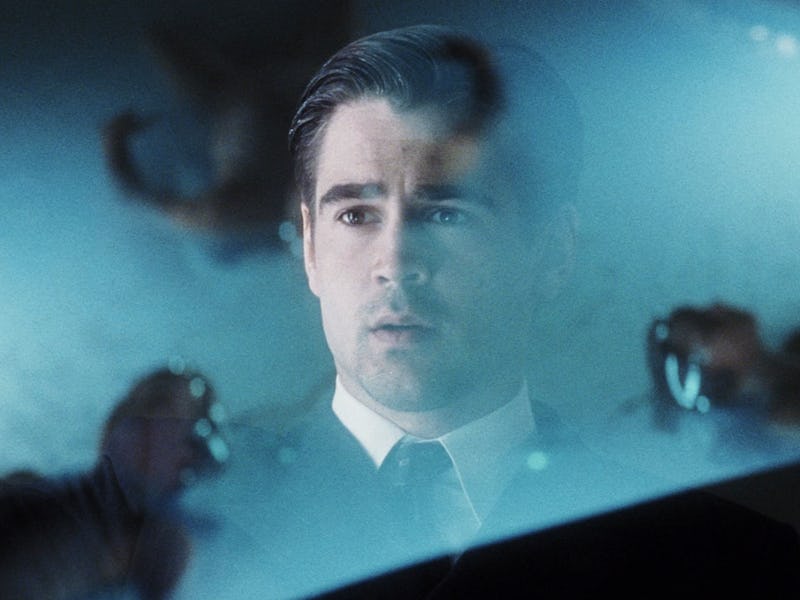Fans often say Spielberg peaked in the 20th century. This sci-fi thriller proves them wrong.
His massively underrated 2002 blockbuster still holds up today.

Steven Spielberg has, of course, directed more than his fair share of iconic movies. However, most of his well-known films were made in the 1970s, ‘80s, and ‘90s. Fairly or not, it’s become common to argue that Spielberg’s 21st-century efforts are inferior to his earlier work. While some of the director’s worst movies have been released over the past 23 years, that hardly means all of his more recent films have been disappointing.
That’s especially true for Minority Report. The 2002 sci-fi blockbuster, based on a short story by Philip K. Dick and co-adapted by The Queen’s Gambit creator Scott Frank, is a thrilling, thought-provoking, and well-realized genre film. Featuring two pitch-perfect performances from Tom Cruise and Colin Farrell, it easily ranks among Spielberg’s most underrated.
Minority Report follows John Anderton (Cruise), the grief-stricken chief of the Precrime Police Program, a government subdivision that uses three clairvoyants known as “precogs” to predict and stop murders before they happen. John’s life is turned upside down when the program he leads predicts that he’ll soon kill a man he’s never met. While the precogs are considered infallible, John goes on the run from the government he once worked for to try and uncover the truth behind his future.
The movie operates for most of its runtime as a straightforward but nerve-wracking man-on-the-run thriller. The second act is a series of thrilling chase sequences, allowing Spielberg to demonstrate that his technical craftsmanship hasn’t lost a beat. Anderton’s initial escape from his Precrime pursuers sees him leap from the hood of one futuristic car to another, then sprint through alleyways and apartment buildings, cleverly showing off the film’s futuristic version of Washington D.C.
The sequence ends with John escaping through an automobile factory, but despite how many different environments the section spans, Spielberg and cinematographer Janusz Kominski ensure that viewers are never geographically or dramatically confused. Kominski’s signature overexposed style also imbues Minority Report’s action sequences with an overwhelming brightness that heightens the surreality of the sci-fi world.
The technology of the future isn’t always friendly.
For his part, Tom Cruise brings his usual level of over-commitment to the role of Anderton, turning in one of his most high-strung performances as a man whose life is on the verge of being destroyed. But it’s ultimately Colin Farrell as Danny Witwer, the antagonist, who steals the show. The shades of smarminess and arrogance in Farrell’s performance perfectly separate Danny from John, making him the right person to hunt Cruise throughout the second act.
Minority Report sheds its chase movie skin when it reaches its final third and transitions into a full-fledged paranoid conspiracy thriller. Its ideas about surveillance and corruption are thrust into the forefront and made literal by the D.C. setting, and in typical Spielberg fashion, Minority Report manages to shift gears without losing an ounce of its entertainment value.
While the sudden happy ending is contentious, Minority Report ultimately does what all great sci-fi films should. It strikes the right balance between entertainment and social commentary, without ever feeling the need to lighten the impact of one in favor of the other.
Minority Report is streaming on Netflix.
This article was originally published on